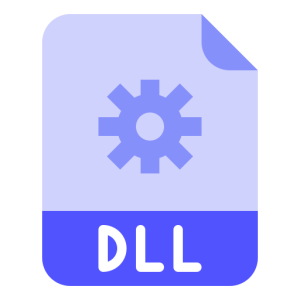Description
1 1 0.DLL is a dynamic link library (DLL) file that is used by certain software applications to provide specific functionality or features. The DLL contains a set of functions, routines, and resources that are necessary for the proper execution and operation of these applications on a Windows operating system.
This DLL file plays a crucial role in managing various aspects of program execution, including memory allocation, data handling, and specific operations related to the functionality provided by the application. It provides the necessary runtime support to ensure smooth and efficient operation of the software.
1 1 0.DLL is typically required by the specific software applications that are designed to use its functionalities. It is important to have the correct version of the DLL installed on the system to avoid compatibility issues and ensure proper functioning of these applications.
Purpose and Functionality
1 1 0.DLL serves a specific purpose in the software application that requires it. Its functionality may include:
- Specialized Operations: The DLL provides specific functions or routines that enable the software application to perform specialized operations or offer unique features.
- Data Handling: 1 1 0.DLL may handle specific types of data or provide efficient algorithms for processing or manipulating data used by the software application.
- Integration with Other Components: The DLL facilitates integration with other components or libraries used by the software application, ensuring seamless communication and interoperability.
Common Use Cases
1 1 0.DLL is typically utilized by the specific software applications that require its functionality. Some common use cases include:
- Specialized Software: Applications that are designed for specific purposes or industries may rely on unique DLL files, such as 1 1 0.DLL, to provide the necessary functionalities or features.
- Plugin Support: DLL files like 1 1 0.DLL can be used as plugins by software applications, allowing them to extend their functionality and add new features or capabilities.
- Third-Party Integration: Software applications that integrate with third-party components or libraries may use specific DLL files, including 1 1 0.DLL, to ensure compatibility and enable seamless interaction with these external resources.

